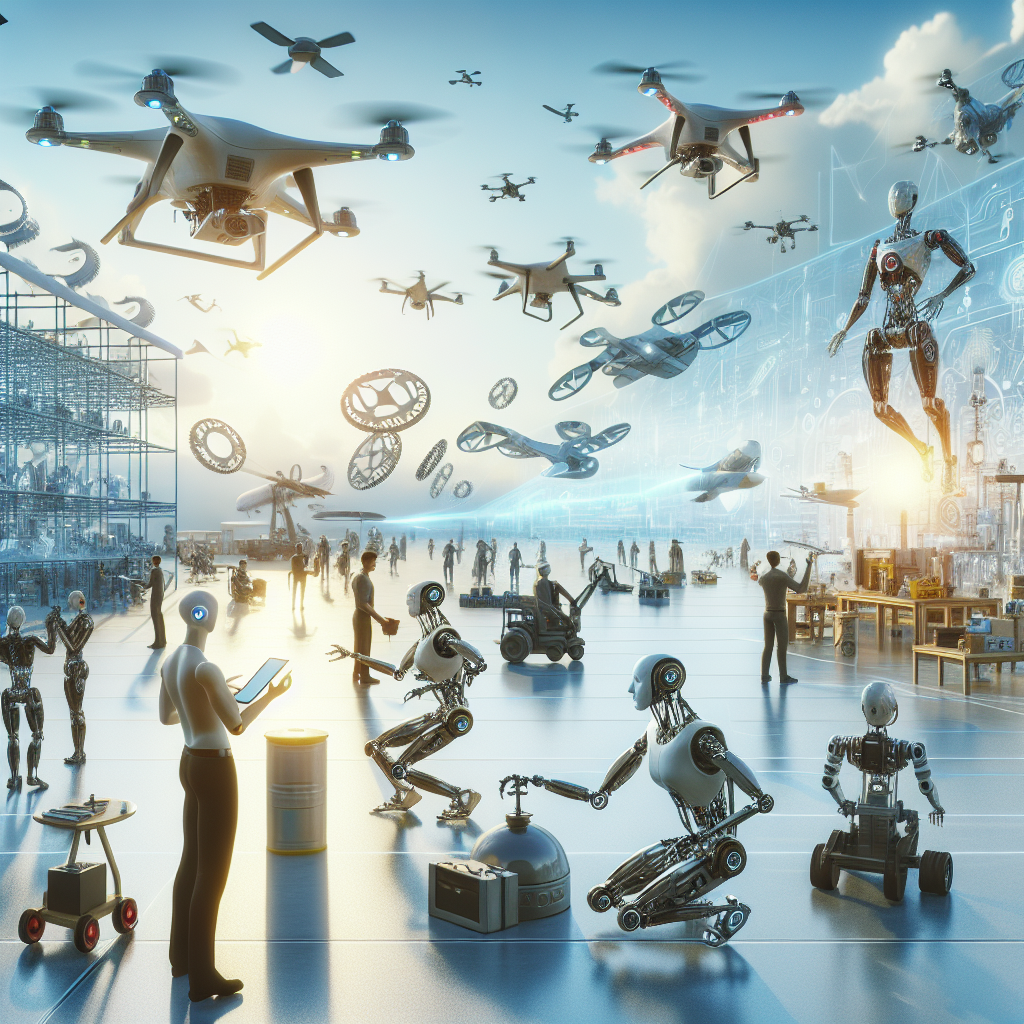In a recent roundup published by Startup News FYI under the headline “Robot Videos: Multimode Drone, Humanoid Robots & More,” the rapidly evolving frontier of robotics and mechanized mobility was on full display, illustrating both the achievements and ongoing challenges in the field. The article highlights a new wave of technological developments from startups and established players alike, showcasing machines that are not only increasingly agile but also visibly edging closer to human-like capabilities.
Among the more striking installations was the unveiling of a multimode drone by Flow AI Robotics, which can seamlessly transition between aerial flight and terrestrial navigation. The compact machine, designed for urban logistics and search-and-rescue missions, uses adaptive leg-wheel appendages to shift between flying above obstacles and maneuvering through confined or cluttered ground environments. The concept points toward a clear trend in robotics: increased modularity and environmental intelligence.
Another significant feature in the article spotlights progress in humanoid robotics, evidenced by a recent demonstration from FutureBots Inc. where their latest prototype demonstrated dynamic motion and an improved capacity for environmental awareness. The humanoid’s fluid bipedal movement and balance control system signify major gains in real-time sensory processing and stability. While commercial applications remain in early stages, these advances signal potential uses in elder care, frontline logistics, and humanoid-assistive roles across sectors looking to automate repetitive or dangerous tasks.
In one of the more creative entries, the article discusses a bionic companion robot designed for therapeutic interaction. Combining naturalistic movement with expressive artificial intelligence, the robot is geared toward mental health support, particularly for elderly users or individuals experiencing prolonged isolation. While still under regulatory review in several markets, early beta testing has reportedly shown promising uptake among focus groups.
Despite these exciting developments, the report provides a balanced view of current limitations, underscoring the ongoing struggle to create robots that are both energy-efficient and capable of safely operating in densely populated human environments. While control algorithms and sensor fidelity continue to evolve at a brisk pace, the cost of production and durability in varied conditions remain persistent hurdles for manufacturers.
The article from Startup News FYI reflects a broader truth: robotics is no longer solely confined to industrial applications or sci-fi speculation. The merging of advanced materials, machine learning algorithms, and multi-modal locomotion is pushing robotics into more nuanced, human-adjacent roles. As the sector matures, the relationship between humans and machines is likely to deepen—offering both new conveniences and pressing ethical choices for industries and regulators alike.



